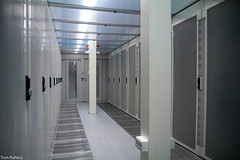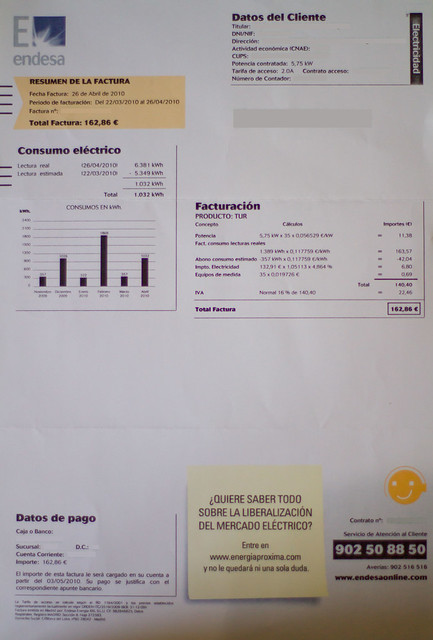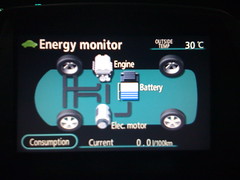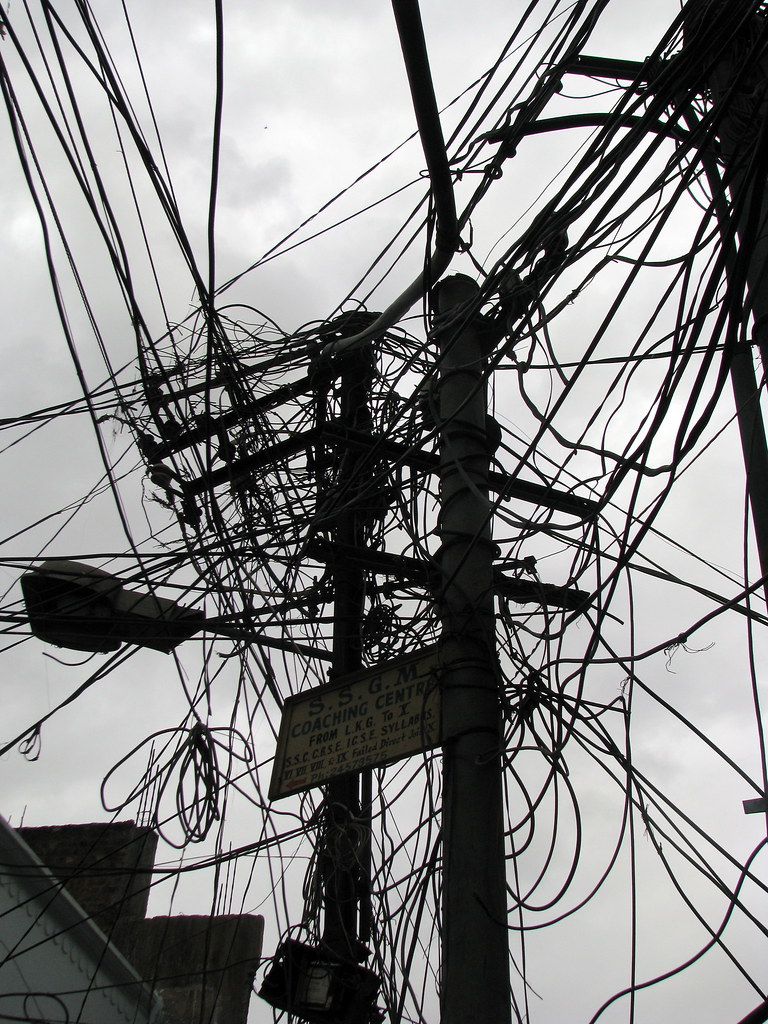The utilities industry has typically been change averse, and often for good reasons, but with the technological advances of the past few years, the low carbon imperative, and pressure from customers, utilities are going to have to figure out how to disrupt their business, or they will themselves be disrupted.
I gave the opening keynote at this year’s SAP for Utilities event in Huntington Beach on the topic of the Convergence of IoT and Energy (see the video above). Interestingly, with no coordination beforehand, all the main speakers referred to the turmoil coming to the utilities sector, and each independently referenced Tesla and Uber as examples of tumultuous changes happening in other industries.
What are the main challenges facing the utilities industry?
As noted here previously, due to the Swanson effect, the cost of solar is falling all the time, with no end in sight. The result of this will be more and more distributed generation being added to the grid, which utilities will have to manage, and added to that, the utilities will have reduced income from electricity sales, as more and more people generate their own.
On top of that, with the recent launch of their PowerWall product, Tesla ensured that in-home energy storage is set to become a thing.
Battery technology is advancing at a dizzying pace, and as a consequence:
1) the cost of lithium ion batteries is dropping constantly 
and
2) the energy density of the batteries is increasing all the time 
(Charts courtesy of Prof Maarten Steinbuch, Director Graduate Program Automotive Systems, Eindhoven University of Technology)
With battery prices falling, solar prices falling, and battery energy density increasing, there is a very real likelihood that many people will opt to go “off-grid” or drastically reduce their electricity needs.
How will utility companies deal with this?
There are many possibilities, but, as we have noted here previously, an increased focus on by utilities on energy services seems like an obvious one. This is especially true now, given the vast quantities of data that smart meters are providing utility companies, and the fact that the Internet of Things (IoT) is ensuring that a growing number of our devices are smart and connected.
Further, with the cost of (solar) generation falling, I can foresee a time when utility companies move to the landline model. You pay a set amount per month for the connection, and your electricity is free after that. Given that, it is all the more imperative that utility companies figure out how to disrupt their own business, if only to find alternative revenue streams to ensure their survival.
So, who’s going to be the Uber of electricity?






